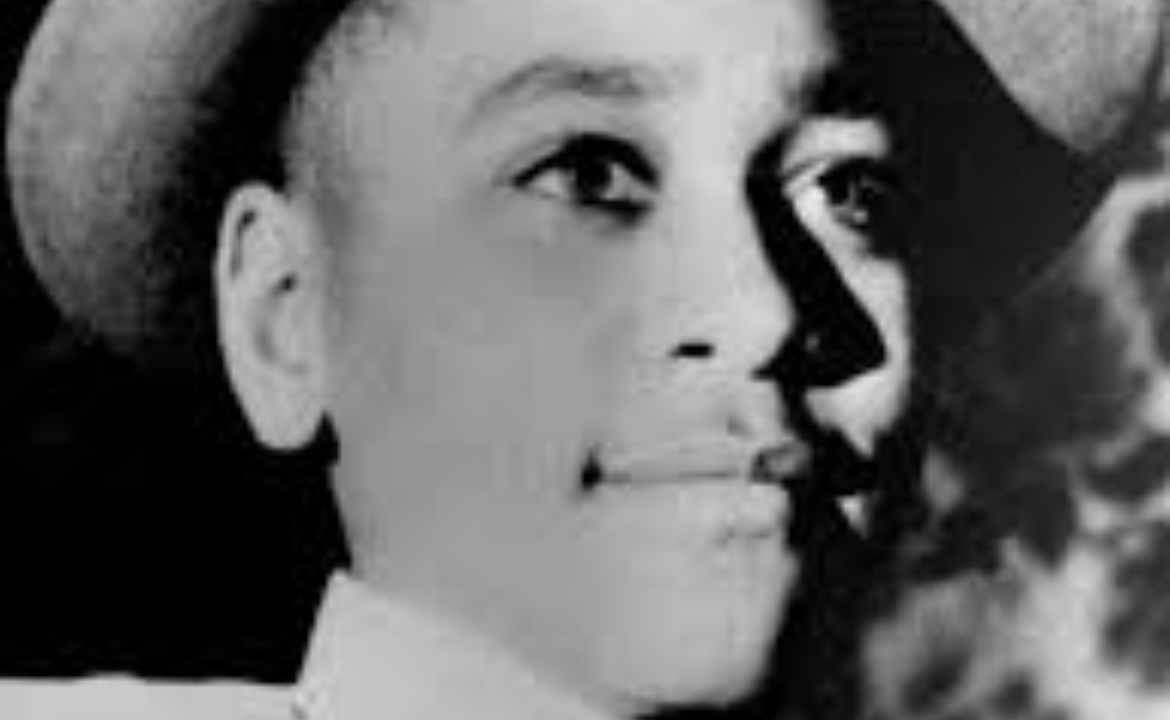The question of how was Emmett’s murder an example of malice takes us back to one of the most haunting events in American history. The brutal killing of Emmett Till, a 14-year-old African American boy in 1955, was not merely a tragic loss of a young life but also a chilling illustration of racial hatred and premeditated cruelty. His murder became a catalyst for the Civil Rights Movement and remains a striking example of how malice can manifest through prejudice, violence, and injustice.
The Context Behind the Crime
To understand how Emmett’s murder was an example of malice, it’s crucial to examine the environment in which it occurred. Emmett Till was a teenager from Chicago visiting relatives in Money, Mississippi. The racial climate in the South during the 1950s was highly volatile. African Americans faced systemic oppression, discrimination, and violence, often with no legal protection.
Emmett was accused of whistling at a white woman named Carolyn Bryant in a grocery store. This seemingly small incident triggered a deadly chain of events. Days later, he was abducted, tortured, and murdered by Roy Bryant and J.W. Milam, Carolyn’s husband and his half-brother. The violence he suffered went far beyond any notion of self-defense or spontaneous outrage—it was driven by deep-seated malice.
Premeditation and Intent
When analyzing how Emmett’s murder was an example of malice, one must consider the planning and execution of the crime. Malice is defined as the intention or desire to do evil. In this case, the perpetrators didn’t act on impulse. They deliberately went to Emmett’s uncle’s home, abducted him at gunpoint, and transported him to a remote area.
They tortured him, beat him beyond recognition, shot him in the head, and then disposed of his body in the Tallahatchie River, weighing it down with a heavy fan. Such actions reflect not just rage but deliberate intent to inflict suffering and send a brutal message. The sheer brutality was designed to instill fear among Black communities. This calculated cruelty is what marks the act as malicious.
The Role of Racial Hatred
Racial animosity was central to how Emmett’s murder became an example of malice. The attackers believed they had the social and legal authority to discipline or destroy a Black child for interacting with a white woman, regardless of how minor or innocent the act was. The culture of white supremacy allowed them to act with impunity.
Their behavior was not about justice or protection. It was about domination, hatred, and cruelty. The systemic racism that enabled such actions created an environment where violence against Black people was normalized. This adds another layer to the malicious nature of the crime—hatred fueled by racism turned into premeditated violence.
The Aftermath and Injustice
Another significant aspect in understanding how Emmett’s murder was an example of malice lies in the aftermath. Despite overwhelming evidence and a confession published later by the killers themselves, the two men were acquitted by an all-white jury. The justice system failed Emmett and his family, sending a loud message that Black lives held little value in the eyes of the law.
The trial, verdict, and lack of accountability all demonstrate institutional malice. This wasn’t just about two men; it was about a society that condoned and protected such evil acts. Malice was present not only in the act of murder but also in the systemic indifference that followed.
Emmett’s Legacy and the Power of His Story
Although the crime was horrifying, it sparked national and international outrage. Emmett’s mother, Mamie Till-Mobley, insisted on an open-casket funeral, allowing the world to see the extent of the violence her son endured. The photos of Emmett’s mutilated body became a rallying cry for the Civil Rights Movement.
This tragic event helped shift public opinion and played a key role in mobilizing activists. When we reflect on how Emmett’s murder was an example of malice, we must also recognize how the exposure of that malice led to greater awareness and, ultimately, change.
Malice in Legal and Moral Terms
Legally, malice involves intentional harm, often without just cause or provocation. Emmett’s killers acted with this very intent. They had no valid reason to harm him. He posed no threat. The idea that a child could be tortured and killed based on a perceived social infraction underscores the extreme level of evil behind their actions.
Morally, the murder stands as one of the clearest representations of injustice and cruelty in modern American history. There was no remorse, no regret, only arrogance and a belief in superiority. Such behavior is the embodiment of malicious intent, both from individuals and from the society that shielded them.
Why Understanding Malice Matters
Understanding how Emmett’s murder was an example of malice helps illuminate ongoing social and racial issues. Although decades have passed, racial violence and injustice continue in various forms. Reflecting on Emmett Till’s story forces us to confront the darkest aspects of human behavior and recognize the dangers of unchecked hatred.
It also emphasizes the need for empathy, education, and reform. By learning from history, we can work toward a society where such acts are never repeated, and where malice is met with justice—not silence.
Conclusion
To answer how was Emmett’s murder an example of malice, we must look beyond the surface of a tragic death. It was a meticulously planned, racially motivated act fueled by hate, protected by law, and supported by societal indifference. Every element—from the abduction to the cover-up—was driven by intentional cruelty.
